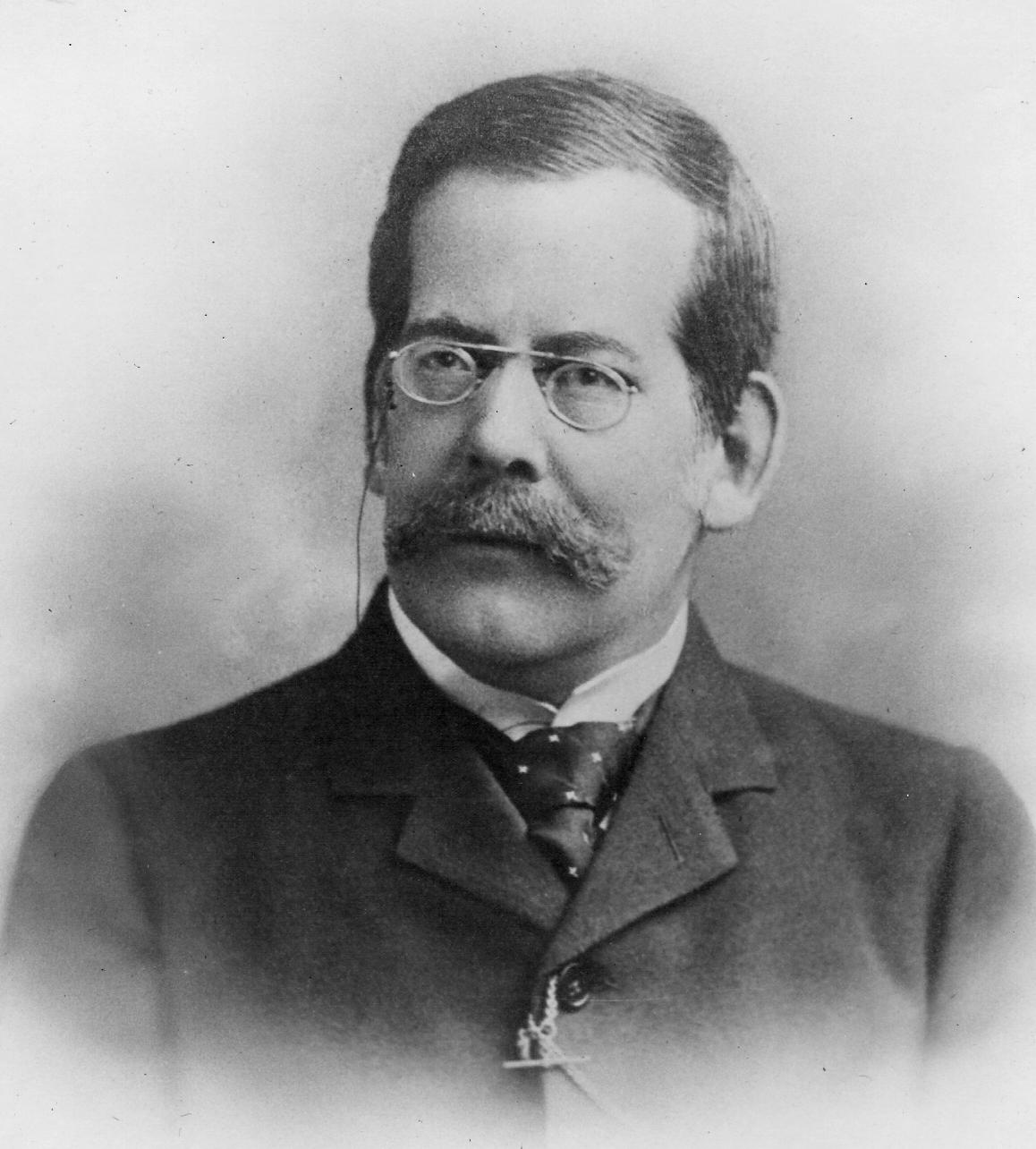|
Information Gap Task
An information gap task is a technique in language teaching where students are missing information necessary to complete a task or solve a problem, and must communicate with their classmates to fill in the gaps. It is often used in communicative language teaching and task-based language learning. Information gap tasks are contrasted with ''opinion gap tasks'', in which all information is shared at the start of the activity, and learners give their own opinions on the information given. Examples One example of an information gap task is a spot-the-difference activity. Another is an activity where one student is given a picture, and must describe it to another student, who creates a drawing from the description. Further examples are students sharing information to complete a class timetable, and an activity where students must share information about their families and then draw each other's family trees. Testing Information gap tasks are also used to test language ability. Acco ... [...More Info...] [...Related Items...] OR: [Wikipedia] [Google] [Baidu] |
Language Teaching
Language education refers to the processes and practices of teaching a second or foreign language. Its study reflects interdisciplinary approaches, usually including some applied linguistics. There are four main learning categories for language education: communicative competencies, proficiencies, cross-cultural experiences, and multiple literacies. Need Increasing globalization has created a great need for people in the workforce who can communicate in multiple languages. Common languages are used in areas such as trade, tourism, diplomacy, technology, media, translation, interpretation and science. Many countries such as Korea (Kim Yeong-seo, 2009), Japan (Kubota, 1998) and China (Kirkpatrick & Zhichang, 2002) frame education policies to teach at least one foreign language at the primary and secondary school levels. Further, the governments of some countries more than one official language; such countries include India, Singapore, Malaysia, Pakistan, and the Philippines. ... [...More Info...] [...Related Items...] OR: [Wikipedia] [Google] [Baidu] |
Communicative Language Teaching
Communicative language teaching (CLT), or the communicative approach (CA), is an approach to language teaching that emphasizes interaction as both the means and the ultimate goal of study. Learners in settings which utilise CLT learn and practice the target language through the following activities: communicating with one another and the instructor in the target language; studying "authentic texts" (those written in the target language for purposes other than language learning); and using the language both in class and outside of class. To promote language skills in all types of situations, learners converse about personal experiences with partners, and instructors teach topics outside of the realm of traditional grammar. CLT also claims to encourage learners to incorporate their personal experiences into their language learning environment and to focus on the learning experience, in addition to learning the target language. According to CLT, the goal of language education is th ... [...More Info...] [...Related Items...] OR: [Wikipedia] [Google] [Baidu] |
Task-based Language Learning
Task-based language teaching (TBLT), also known as task-based instruction (TBI), focuses on the use of authentic language to complete meaningful tasks in the target language. Such tasks can include visiting a doctor, conducting an interview, or calling customer service for help. Assessment is primarily based on task outcomes (the appropriate completion of real-world tasks) rather than on accuracy of prescribed language forms. This makes TBLT especially popular for developing target language fluency and student confidence. As such, TBLT can be considered a branch of communicative language teaching (CLT). Background Task-based language learning has its origins in communicative language teaching, and is a subcategory of it. Educators adopted task-based language learning for a variety of reasons. Some moved to a task-based syllabus in an attempt to develop learner capacity to express meaning, while others wanted to make language in the classroom truly communicative, rather than the pseu ... [...More Info...] [...Related Items...] OR: [Wikipedia] [Google] [Baidu] |
Spot The Difference
Spot the difference is a type of puzzle where players must find a set number of differences between two otherwise similar images. Description Spot the difference games are found in various media including activity books for children, newspapers, and video games. They are a type of puzzle where players must find a set number of differences between two otherwise similar images, whether they are illustrations or photographs that have been altered with photo manipulation. Solving techniques Visual comparison may be used to solve the puzzle. The solution to the puzzle is often listed nearby or in an accompanying answer page of a puzzle book. Additionally, one can cross one's eyes and merge the two pictures into one, in the much the same way as when viewing an autostereogram picture. The differences will appear to blink in and out of one's vision. This is a very effective method of solving these puzzles. Overlay A way to solve a spot the difference puzzle is to digitally com ... [...More Info...] [...Related Items...] OR: [Wikipedia] [Google] [Baidu] |
Communicative Competence
The concept of communicative competence, as developed in linguistics, originated in response to perceived inadequacy of the notion of linguistic competence. That is, communicative competence encompasses a language user's grammatical knowledge of syntax, morphology, phonology and the like, but reconceives this knowledge as a functional, social understanding of how and when to use utterances appropriately. Communicative language teaching is a pedagogical application of communicative competence. The understanding of communicative competence has been influenced by the field of pragmatics and the philosophy of language, including work on speech acts. Origin The term was coined by Dell Hymes in 1966, reacting against the perceived inadequacy of Noam Chomsky's (1965) distinction between '' linguistic competence'' and ''performance A performance is an act or process of staging or presenting a play, concert, or other form of entertainment. It is also defined as the action or proces ... [...More Info...] [...Related Items...] OR: [Wikipedia] [Google] [Baidu] |


